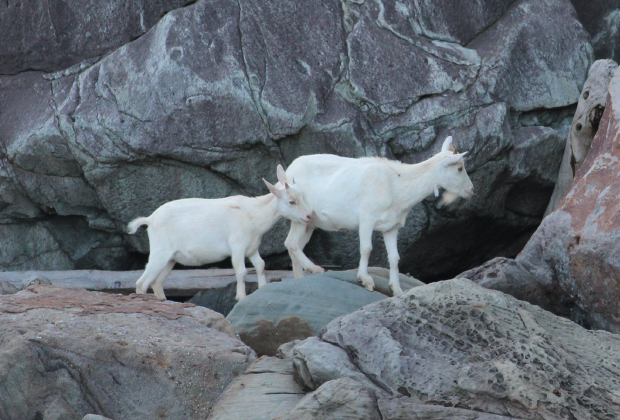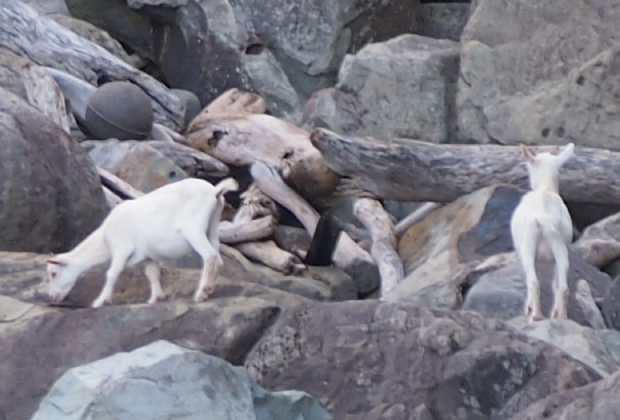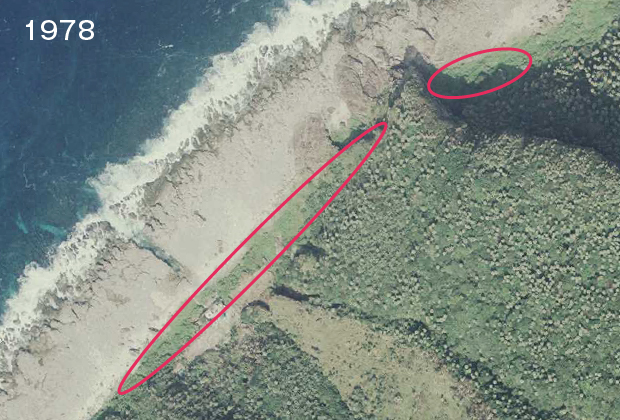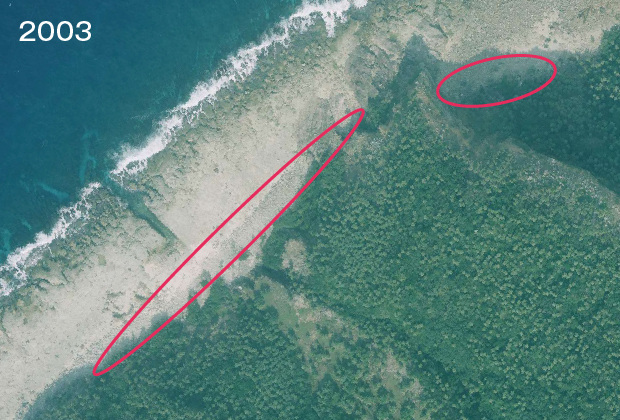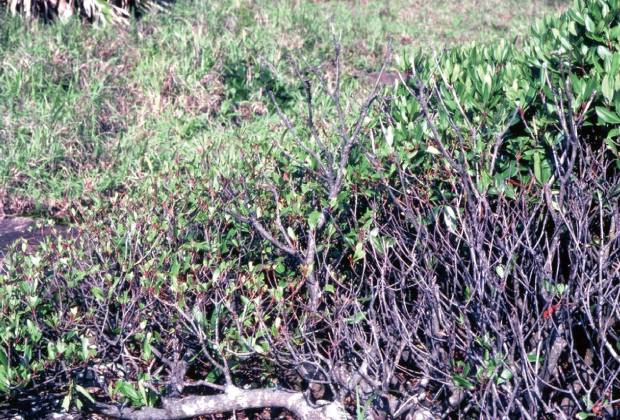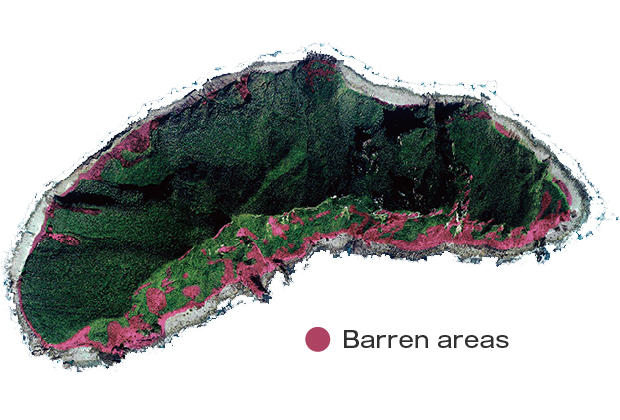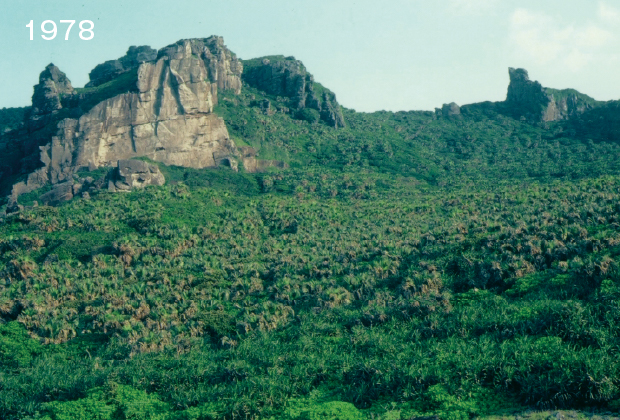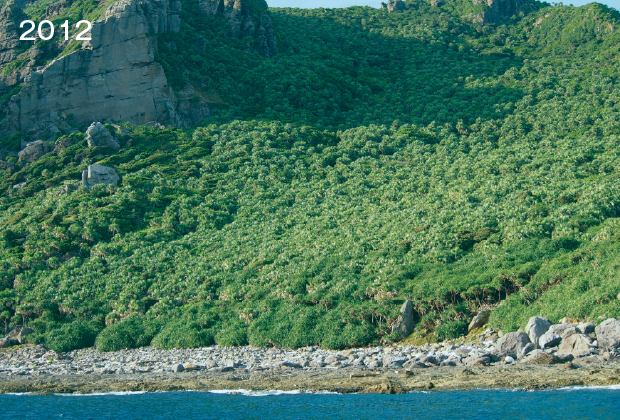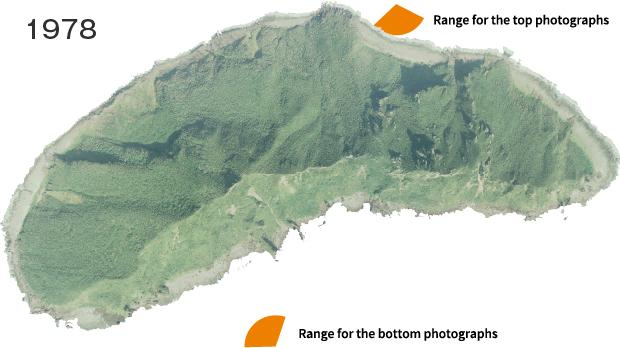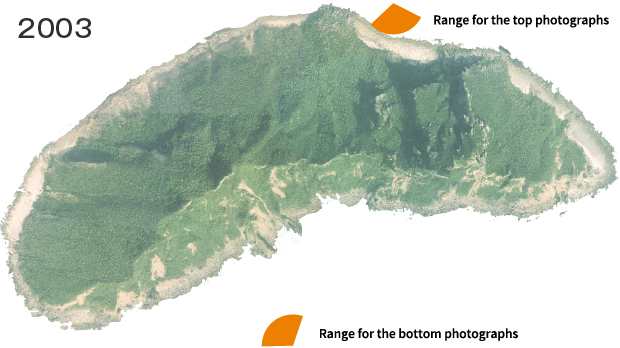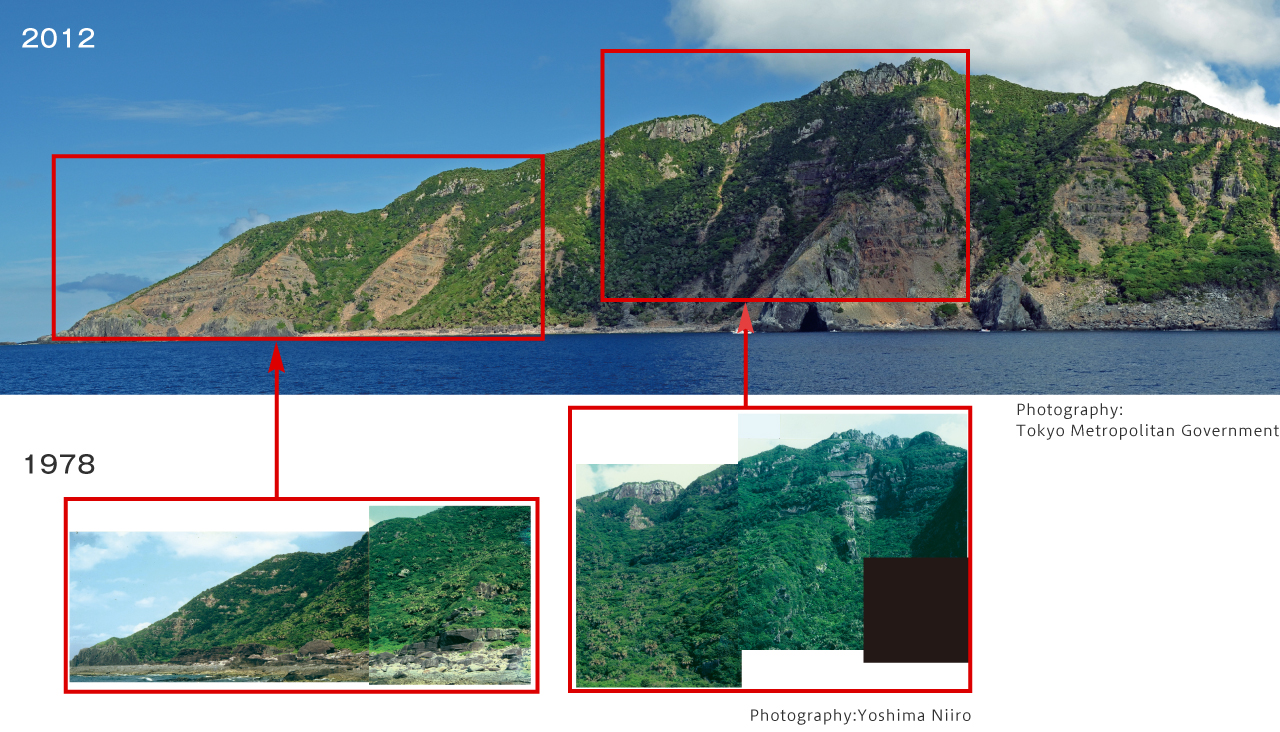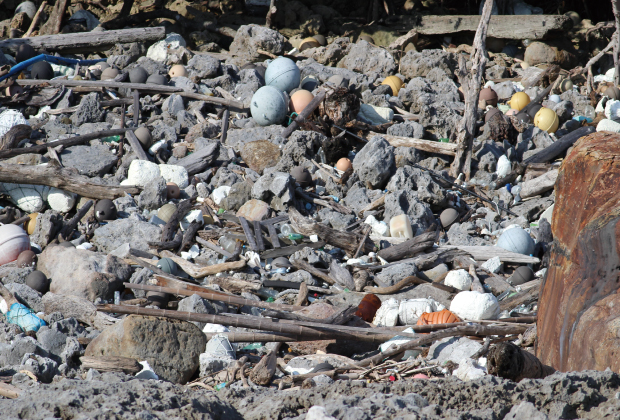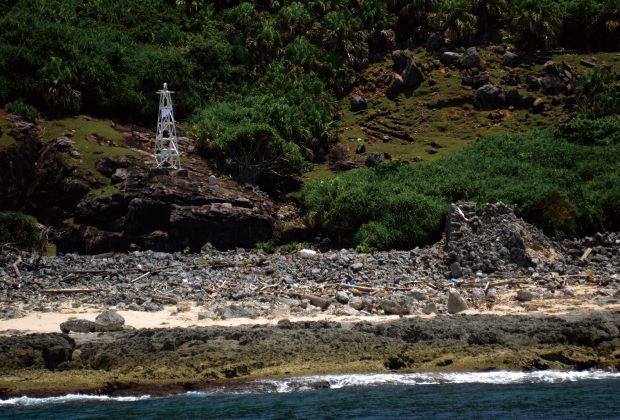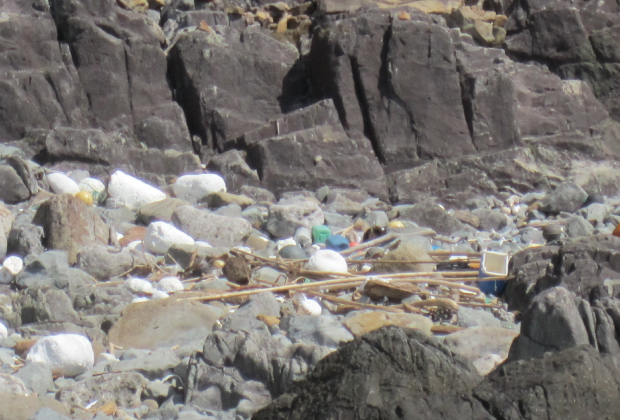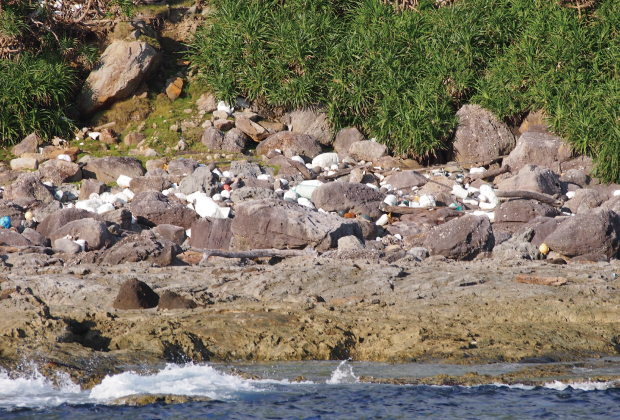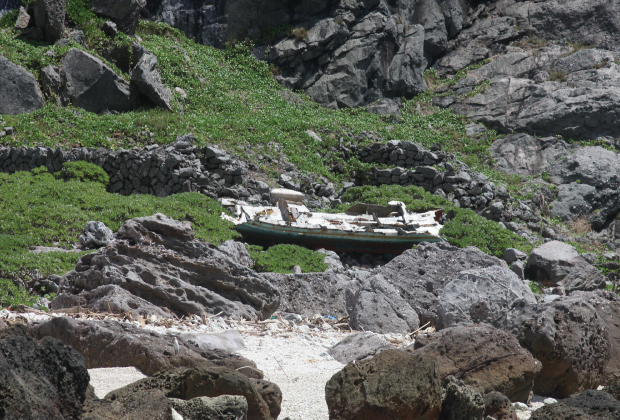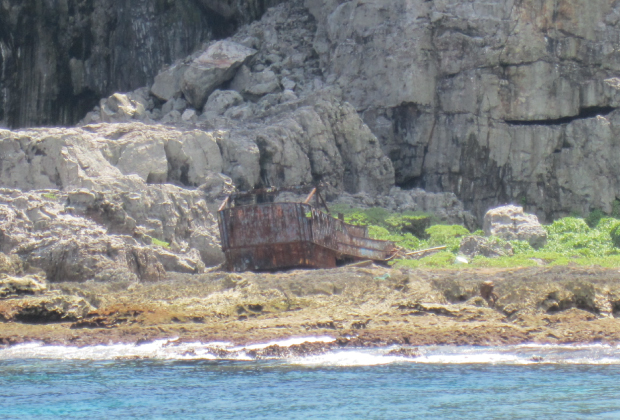Organisms of the Senkaku Islands
Invaluable ecosystems on uninhabited islands in the distant seas
The Senkaku Islands are isolated islands floating in the East China Sea and are inhabited by organisms that thrive in the subtropical oceanic climate and are biologically invaluable to the geological history of the islands. Many of the flora and fauna observed in the academic survey conducted in 1979 have been designated as endangered or near threatened species.
Hypericum senkakuinsulareHypericum senkakuinsulare Hatusima
Guttiferae Critically Endangered IA(CR)
Grows on terrain such as the cloud belt and rocky areasof the windswept mountain peaks of Uotsuri Island. A woody shrub that grows to about 50 cm tall. The flowers, measuring 3 – 4 cm in diameter, grow on the tips of small branches. An endemic species of Uotsuri Island.
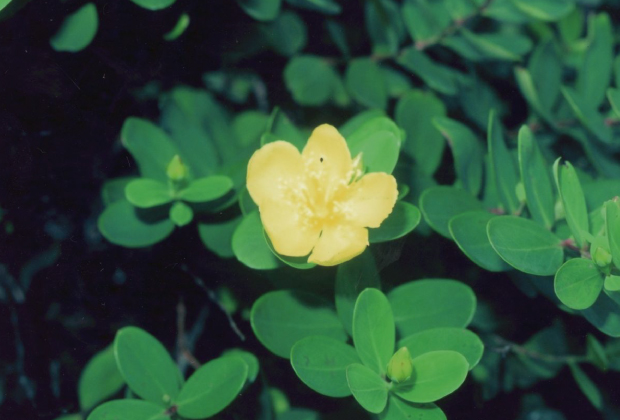 Photography: Yoshima Niiro
Photography: Yoshima Niiro
Rhododendron simsii Planch var. tawadae Rhododendron simsii Planch var. tawadae (Ohwi) Hatusima
Ericaceae Critically Endangered IA (CR)
A shrub that sometimes grows as a creeper on windy terrain on the mountain peaks of Uotsuri Island. The flower is small and light purple in color, and grows densely in the tree canopy. Some flowers have been brought back from the islands and cultivated for ornamental uses.
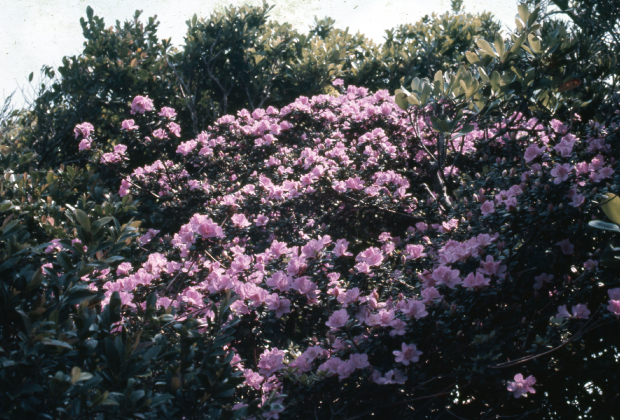 Photography: Kazuharu Shinjo
Photography: Kazuharu Shinjo
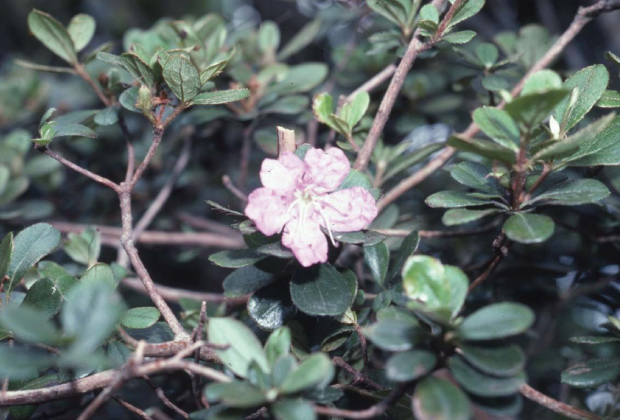 Photography: Yoshima Niiro
Photography: Yoshima Niiro
Limonium senkakuenseLimonium senkakuense Yamazaki
Plumbaginaceae Critically Endangered IA (CR)
A perennial herb that grows on the coasts and elevated coral reefs of Uotsuri Island. Exists in extremely small populations in its habitats, and is considered to be an endemic species of Uotsuri Island.
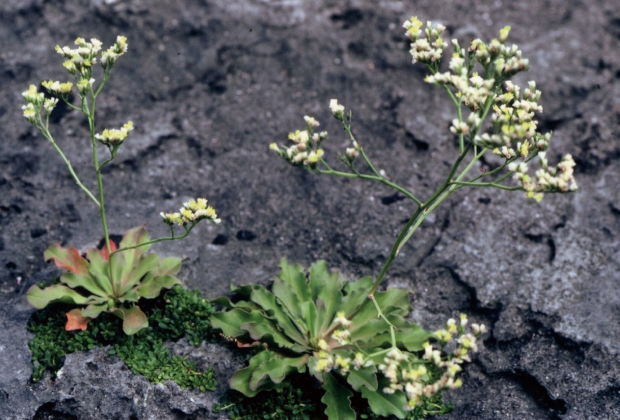 Photography: Yoshima Niiro
Photography: Yoshima Niiro
Diomedea albutrusDiomedea albutrus Pallas, 1769
Diomedeidae Vulnerable II (VU)
The population of albatross (Diomedea albutrus) has been on the rise since 1971, when their inhabitation of Minamikojima Island was confirmed by a research group from the University of the Ryukyus for the first time in 71 years. In recent years, surveys conducted mainly by Hiroshi Hasegawa have confirmed the continued propagation of albatross on Minamikojima and Kitakojima Islands. Even from a global perspective, the Senkaku Islands, along with Torishima Island, Izu, are invaluable breeding grounds for albatross and therefore should be protected.
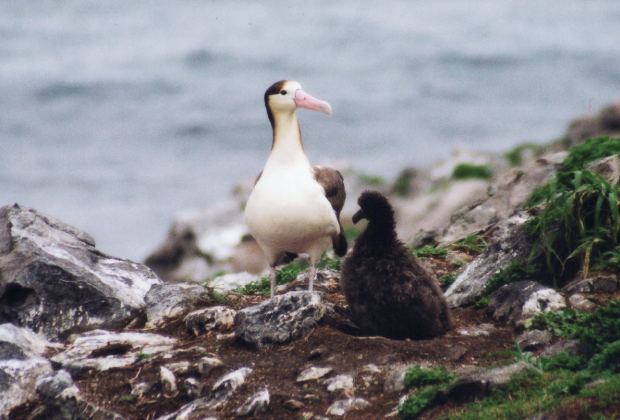 Adult bird and chick (Minamikojima Island)Photography: Kunio Mizushima
Adult bird and chick (Minamikojima Island)Photography: Kunio Mizushima
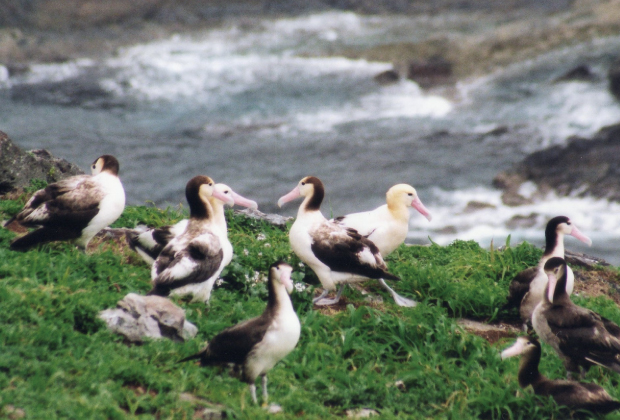 Adult birds (Minamikojima Island)Photography: Kunio Mizushima
Adult birds (Minamikojima Island)Photography: Kunio Mizushima
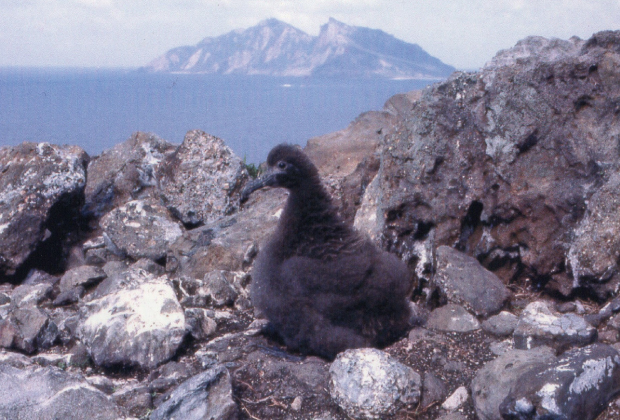 Chick (Kitakojima Island)Photography: Kunio Mizushima
Chick (Kitakojima Island)Photography: Kunio Mizushima
Sula leucogaster plotusSula leucogaster plotus (Forster, 1855)
Sulidae Near threatened (NT)
The brown booby (Sula leucogaster plotus) on Minamikojima Island uses the entire slope of the rocky mountain that forms the main part of the island as its nesting site. Adults and their chicks would be found up on the main slope, and the adults would exhibit threatening behavior to anyone approaching their nests. In such cases, they may spit out fish, for example flying fish, and then take off into the air. However, as they are unable to fly up into the air immediately, they seem to almost stumble along the slope before gliding and flying away.
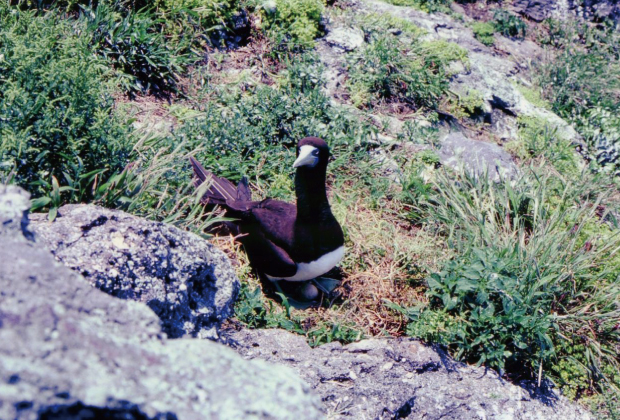 Brown booby brooding over its eggs (Minamikojima Island)Photography: Yoshima Niiro
Brown booby brooding over its eggs (Minamikojima Island)Photography: Yoshima Niiro
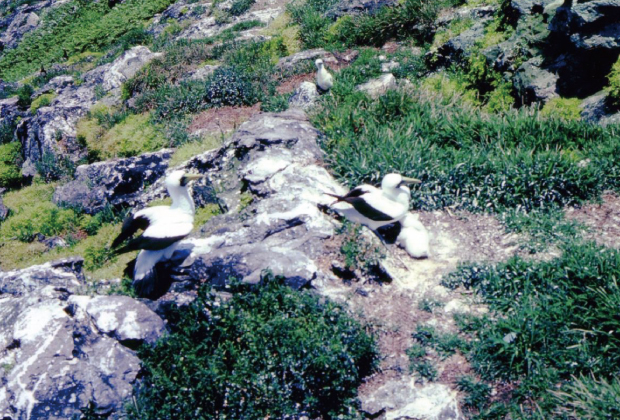 Brown booby chicks (Minamikojima Island)Photography: Yoshima Niiro
Brown booby chicks (Minamikojima Island)Photography: Yoshima Niiro
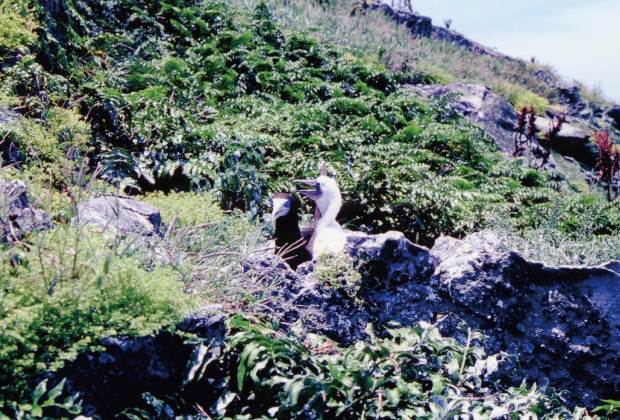 Nesting site (Minamikojima Island)Photography: Yoshima Niiro
Nesting site (Minamikojima Island)Photography: Yoshima Niiro
Sterna fuscata nubilosaSterna fuscata nubilosa Sparrman.1788
Laridae Near threatened (NT)
A survey conducted in 1955 found that one side of the slopes was used by sooty terns (Sterna fuscata nubilosa) as their nesting site. The area was so crowded then that there was hardly any space for the surveyors to stand in. However, according to a survey conducted in 1979, the number of sooty terns has declined drastically because of overhunting and other factors, while the grassland area has increased.
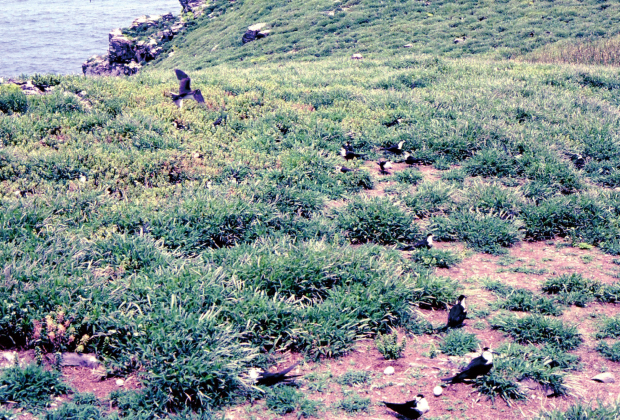 Nesting site (Kitakojima Island)Photography: Yoshima Niiro
Nesting site (Kitakojima Island)Photography: Yoshima Niiro
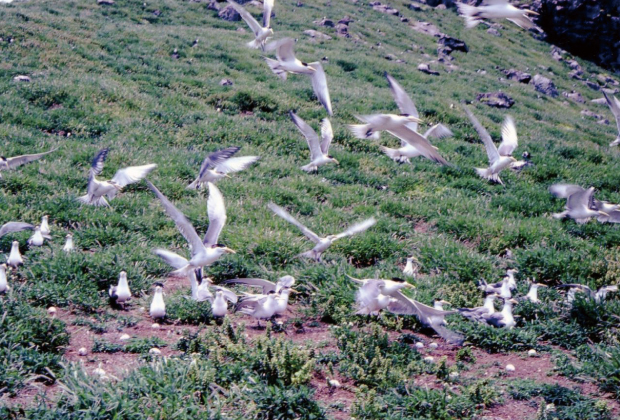 Sooty terns nesting around the nesting site of the greater crested tern (Kitakojima Island)
Sooty terns nesting around the nesting site of the greater crested tern (Kitakojima Island)
Photography: Yoshima Niiro
Thalasseus bergii cristatusThalasseus bergii cristatus Stephens, 1826
Laridae Vulnerable (VU) species, Category II
On Kitakojima Island, the entire grassland area used to be covered by sooty terns and greater crested terns (Thalasseus bergii cristatus) using the land as their nesting sites. The grass at the heart of the colonyhad withered and turned brown from being trod on by the birds as well as from the excrement they left. After they flew away, it was observed that countless eggs were left behind.
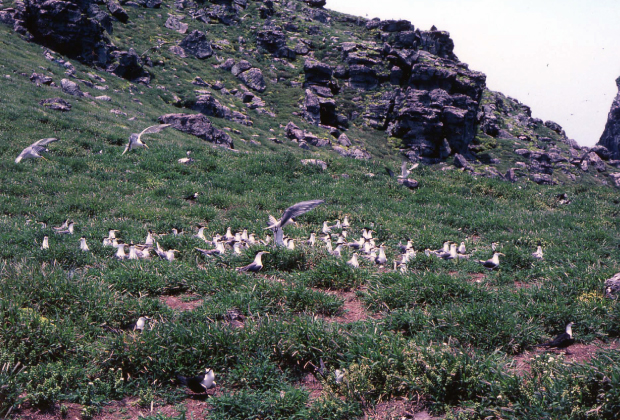 Greater crested tern colony (Kitakojima Island)Photography: Yoshima Niiro
Greater crested tern colony (Kitakojima Island)Photography: Yoshima Niiro
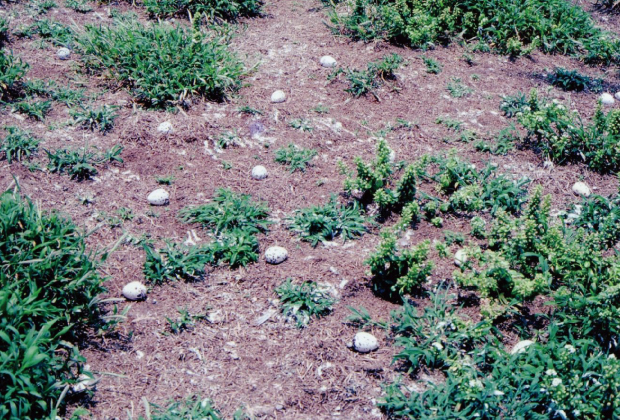 Greater crested tern eggs (Kitakojima Island)Photography: Yoshima Niiro
Greater crested tern eggs (Kitakojima Island)Photography: Yoshima Niiro
Magera uchidaiMagera uchidai (Abe,Shiraishi Arai,1991)
Talpidae Critically Endangered IA (CR)
A small mole belonging to the talpidae family. One mole was collected on the grassland near the coast of Uotsuri Island in 1979. It is an academically invaluable species that was formerly classified as a monotypic genus.
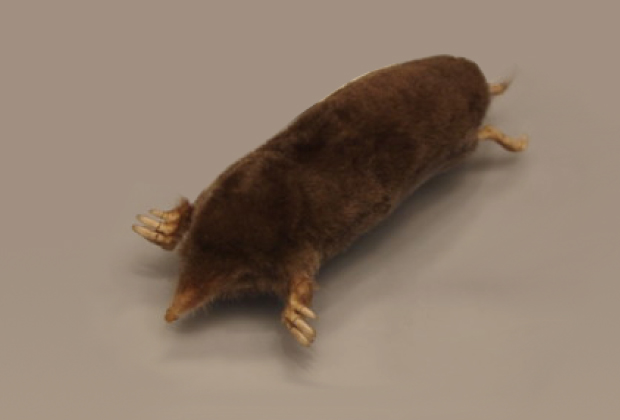 Photography: Okinawa Development Agency
Photography: Okinawa Development Agency
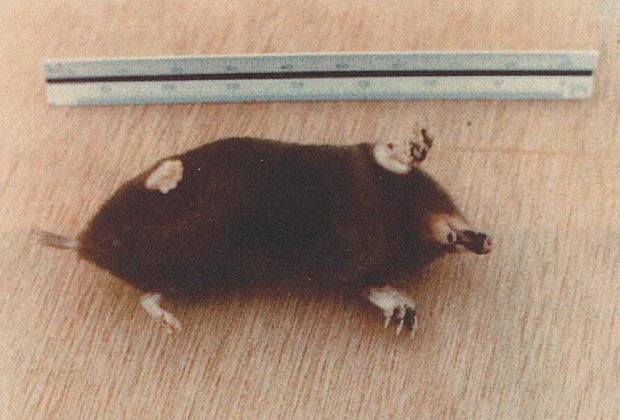 Photography: Okinawa Development Agency
Photography: Okinawa Development Agency
Reference materials:The Senkaku Islands Document Material Compilation Association


















